LEED-certified buildings provide a model for sustainable urban growth
All new buildings across the European Union must achieve zero emissions by 2030, while public buildings face an even tighter deadline of 2028.
This ambitious plan forms part of the EU’s revised energy performance of buildings directive, which aims to transform Europe’s building stock into a cornerstone of its climate neutrality strategy.
Buildings are a major contributor to the EU’s energy and emissions challenges, accounting for 40 per cent of energy consumption and 36 per cent of energy-related greenhouse gas emissions.
As such, the revised directive plays a pivotal role in achieving the EU’s ‘Fit for 55’ climate goals, which aim to reduce emissions by 55 per cent by 2030 and achieve zero-emission building stock by 2050.
The directive is supported by initiatives like the Leadership in Energy and Environmental Design (LEED) framework, which demonstrates how energy-efficient buildings can significantly cut operational costs while improving environmental performance.
LEED-certified structures are known to lower utility bills and attract environmentally conscious investors and tenants, underlining their economic and ecological benefits.
In this context, Cyprus’ energy ministry has undertaken several measures to align with the directive, including drafting a national renovation plan to map building stock, set policies and outline a roadmap to 2050.
The plan prioritises the renovation of energy-inefficient buildings and aims to accelerate annual renovations from 1,000 today to 3,000 by the end of the decade.
To fund this transition, additional public resources of €100 million will be required, enabling private and public sectors to mobilise total investments exceeding €200 million.
These funds will cover energy efficiency projects, including photovoltaic installations, but will primarily focus on upgrades that directly improve energy performance.
Despite the clear goals, significant challenges remain. A shortage of skilled labour, limited financial resources for low-income households and small businesses, and decision-making complexities in rented or multi-owned buildings could hinder progress.
Policymakers have also been urged to revise financial support programmes to better target energy-poor households and multi-family buildings while ensuring non-monetary incentives ease renovation processes.
To support this effort, data collection on building energy certificates and renovation projects is being enhanced to improve transparency.
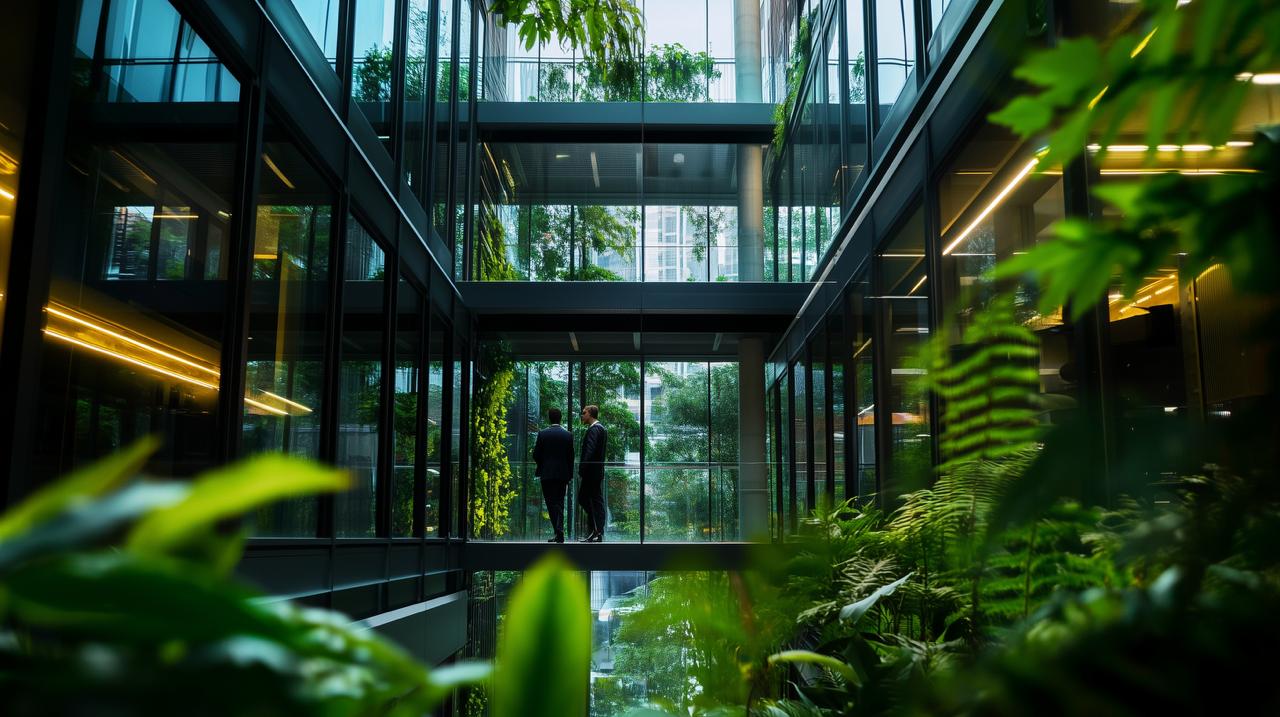
Additionally, campaigns to raise awareness about the benefits of energy upgrades are being revamped, ensuring behavioural insights drive better participation rates.
Analyses have revealed the potential economic impact of these renovations, with public and private cooperation seen as crucial to success.
Speaking to the Cyprus Mail, Environment Commissioner Antonia Theodosiou pointed out that the topic of green buildings and sustainable architecture can be divided into two main sectors: environmentally and health-friendly building construction and landscaping of outdoor spaces; and environmentally sustainable spatial and urban planning for cities and villages.
“Regarding the construction sector, the legislative requirement and, consequently, the requirements now included in building permits concerning the energy performance of buildings and the provision for the possible integration of renewable energy sources are of great importance,” Theodosiou said.
“With respect to energy performance, there are relevant grants and incentives, particularly from the energy ministry, but there are no restrictions at either the national or European level on the use of ecological materials,” she added.
She further explained that “at both international and European levels, there are agreements and directives recommending the use of such materials and appropriate design”.
As an example, she cited the New European Bauhaus, a policy and funding initiative by the European Commission launched in 2021.
This initiative promotes sustainable solutions for transforming the built environment and lifestyles within the framework of the green transition.
“Also significant on an international level,” she continued, “is the Brundtland Report of 1987, known as ‘Our Common Future’, adopted by the UN”.
The report spurred subsequent policies, agreements and practices that further developed the foundational principles it originally set.
Theodosiou said that this report warned the world about the urgency of “progress towards economic development that could be sustained without depleting natural resources or harming the environment”.
The report also defined sustainable development as “meeting the needs of the present without compromising the ability of future generations to meet their own needs.
“The relatively recent initiative of the New European Bauhaus and the Brundtland Report, among other things, refer to reconstruction, restoration, recovery and reuse of the existing building stock in countries, recommending the avoidance of further land sealing and the use of new resources,” Theodosiou stated.
“Such policies, best practices and funding opportunities from the state are relatively well covered by provisions for listed buildings (department of town planning and housing) as well as those for ancient monuments (department of antiquities),” she added.
The commissioner also mentioned that “in terms of spatial and urban planning for sustainable cities and villages, greater specialisation is needed among the relevant authorities, local government, academia and the private sector to jointly promote appropriate practices”.
She pointed out that international and national research, as well as the UN’s 2030 agenda, can “contribute to this sustainable planning, particularly in light of the climate crisis”.
The agenda includes 17 Sustainable Development Goals (SDGs) and 169 associated targets, agreed upon and adopted in 2015 by the 193 member states of the United Nations as a common plan.
“The implementation of these goals would solve many problems related to sustainable development and adaptation to the climate crisis,” the commissioner said.
“These goals already serve as a guiding framework for the current government and, in many cases, for the private sector,” she added.
The commissioner’s comments underline the fact this ambitious goal cannot be achieved without active collaboration from the private sector.
Cyprus is increasingly aligning itself with the EU’s zero-emission building vision, with high-end local projects showcasing how modern environmental standards can be successfully met.
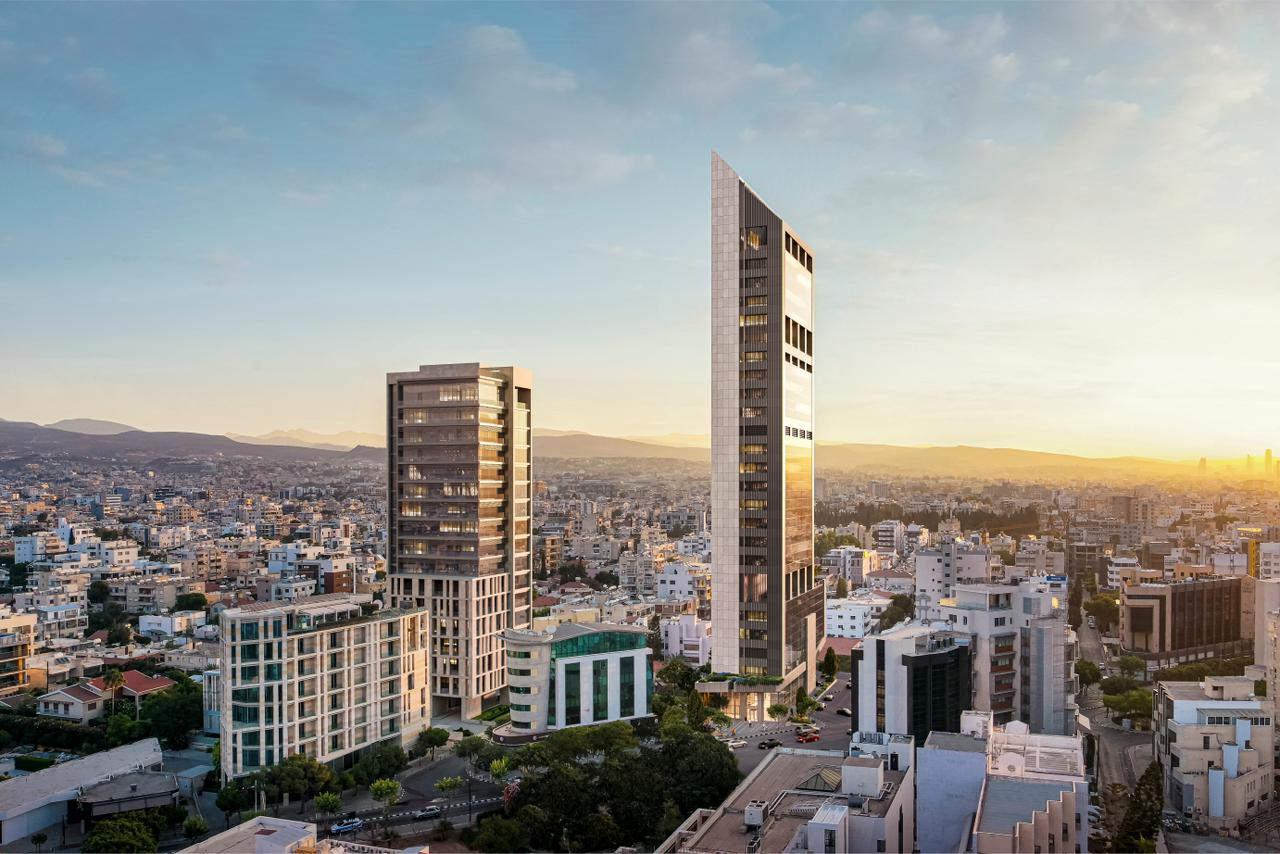
One example is the Neocleous Tower in Limassol, a LEED-certified building that highlights the potential benefits of sustainable design and innovation.
It reflects growing efforts in Cyprus to incorporate environmentally-friendly practices in architecture.
Similar initiatives can be found in other buildings across the island, reflecting a broader commitment to sustainable development.
Tom Thompson, a sustainability consultant at Ambiens ESG and the LEED consultant for the Neocleous Tower, spoke to the Cyprus Mail about this project, providing insights into the process of achieving LEED certification for the innovative high-rise.
Reflecting on the project’s journey, Thompson highlighted both the challenges and the significance of adhering to LEED standards in modern construction.
“LEED certification evaluates performance in categories like location & transport, sustainable sites, water efficiency, energy efficiency, materials, indoor environment, and innovation,” he explained.
He added that each category contains specific credit requirements, such as the use of low-reflectance materials or achieving energy savings.
For Neocleous Tower, particular attention was given to ensuring optimal energy efficiency, incorporating a green roof and rain garden, and making provisions for cyclists and green transport.
“These elements are crucial, especially in a city centre location,” Thompson said.
However, the process was not without its challenges. “Designing a healthy indoor environment was essential,” he said, pointing to the strict requirements for fresh air circulation, filtration and monitoring systems.
In addition, ensuring these elements without compromising efficiency required innovative solutions during the design process.
When discussing energy efficiency, Thompson emphasised the thorough approach required.
“It’s not rocket science,” he said, “but everything must be checked in detail to achieve maximum efficiency.”
Neocleous Tower stands out with its high-performance building envelope and the use of high-efficiency mechanical systems.
Lighting design, daylight dimming strategies, and passive design features also contributed to the building’s reduced energy consumption.
“The aim is to optimise every element of the design,” he said.
Water efficiency is another critical aspect. In a region where water scarcity is a pressing issue, Neocleous Tower minimises excess water consumption.
“We’re aiming for high performance in this category, which is especially important in this part of the world,” Thompson said.
The advantages of LEED-certified buildings extend beyond environmental benefits to operational costs and employee wellbeing.
“Statistics show that LEED buildings, especially those certified at Gold or higher, cost less to run and offer a more enjoyable environment for users,” Thompson added.
For Neocleous Tower, exceeding fresh air requirements by 30 per cent, using high-performance air filters, and ensuring natural daylight throughout the building were crucial.
“A healthier indoor environment translates into higher productivity for tenants. It’s a win-win for everyone,” he explained.
Thompson also pointed to the broader trends in LEED-certified commercial spaces and their relevance to Cyprus.
LEED uses international standards like ASHRAE and IES, ensuring quality control in design and construction.
Yet, the system allows flexibility, enabling designers to incorporate local innovations.
“It’s not just prescriptive; it’s adaptable, which is the way it should be,” he said.
As Cyprus aligns itself with international sustainability practices, Thompson sees potential benefits for businesses choosing LEED-certified offices.
“Pollution and health threats are real, and addressing them is essential,” he said.
“LEED offers a framework for businesses to contribute meaningfully to sustainability,” he added.
While incentives for LEED buildings are currently limited in Cyprus, Thompson noted that other countries provide benefits such as increased building coefficients, and similar opportunities could arise locally as regulations evolve.
For companies, the advantages of LEED-certified spaces go beyond operational savings.
“We’re moving past an era of greenwashing, where environmental claims were often unsubstantiated. LEED holds buildings to measurable environmental benchmarks,” he explained.
Gold-certified projects and higher are particularly valuable in this regard, as they represent genuinely high-performing structures.
“Consumers,” he continued, “expect businesses to take responsibility. Companies leading the way in sustainability enhance their brand value and reputation”.
Neocleous Tower incorporates design elements that set it apart. “This building will have a strong community feel,” Thompson said, citing its walkable location, sustainable transport facilities, and amenities like gyms and bike stations.
Furthermore, indoor environmental quality and wellness are also prioritised, with office spaces designed to maximise natural light.
“The LEED benefits we’ve integrated will enhance the overall experience for users,” he said.
When considering future resilience, LEED certification equips buildings to address environmental challenges.
Thompson highlighted the measures taken to mitigate the urban heat island effect, such as the use of high-reflectance roofing and paving materials.
Additionally, a rain garden and green roof were added to manage stormwater and reduce flood risks.
“LEED helps buildings adapt to challenges like increased temperatures and urban flooding,” he said.
The market for LEED-certified office spaces in Cyprus is still in its infancy, but Thompson is optimistic.
“LEED is the largest and most recognised sustainability rating system globally,” he said.
“While there are few LEED-certified spaces in Cyprus now, this project could pave the way for more,” he added.
What is more, he explained that on an international level, such buildings yield higher rental incomes and improved occupancy rates, trends he expects Cyprus to follow.
Thompson also sees opportunities for businesses to leverage regulatory and financial incentives tied to LEED certification.
“Green bonds, for example, are an excellent source of funding for LEED-certified projects. LEED provides a benchmark for green investments, ensuring their environmental credentials are credible,” he stated.
Companies can further enhance their sustainability credentials by certifying their operations through LEED Commercial Interiors while operating in LEED-certified buildings.
With Neocleous Tower as a pioneering project, Thompson hopes its success will inspire more sustainable developments in Cyprus.
“LEED-certified buildings don’t just represent environmental progress; they are an investment in a better, more sustainable future for businesses and communities alike,” he concluded.

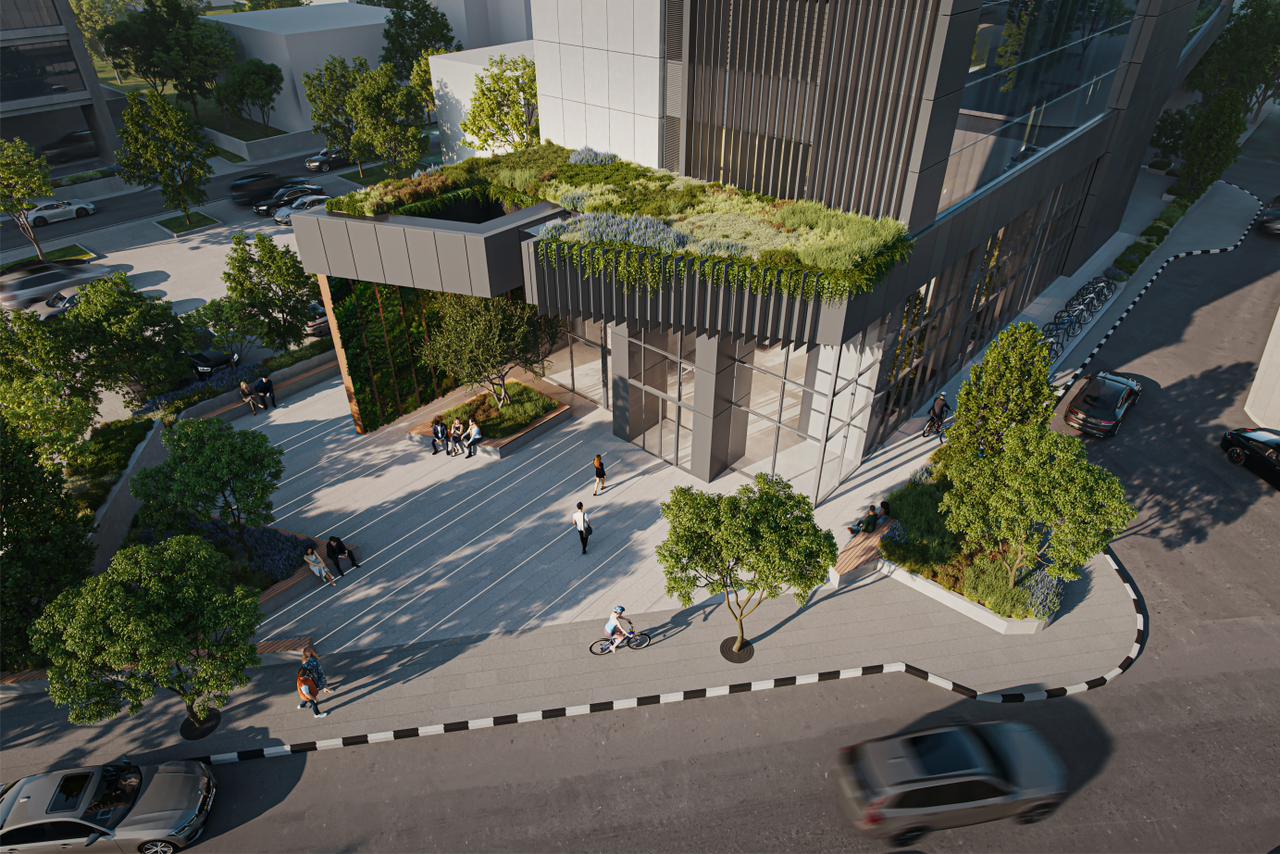


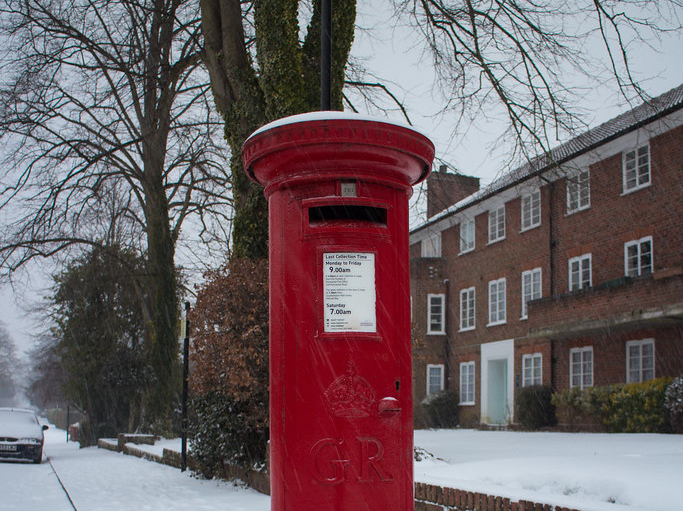
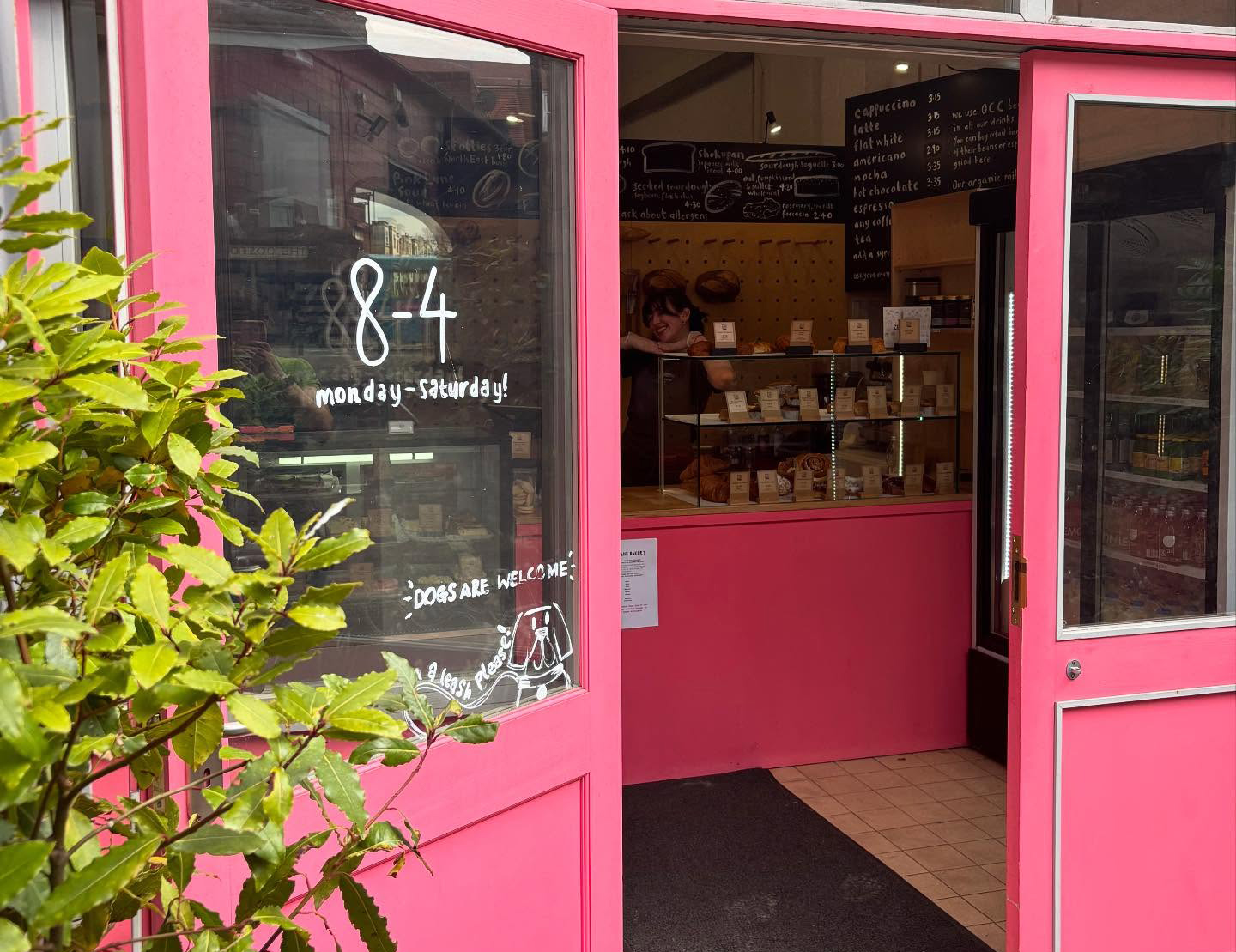
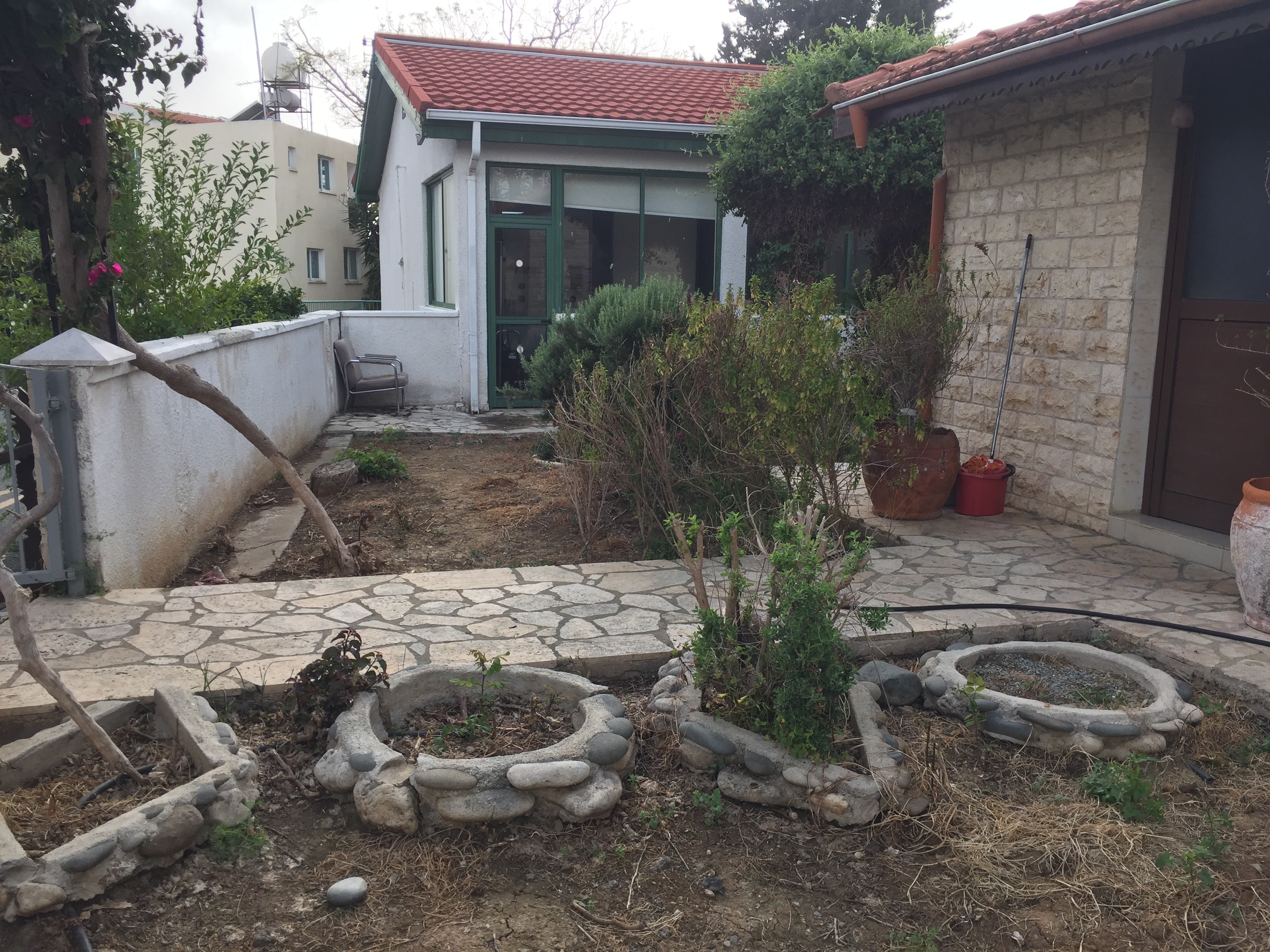
Click here to change your cookie preferences